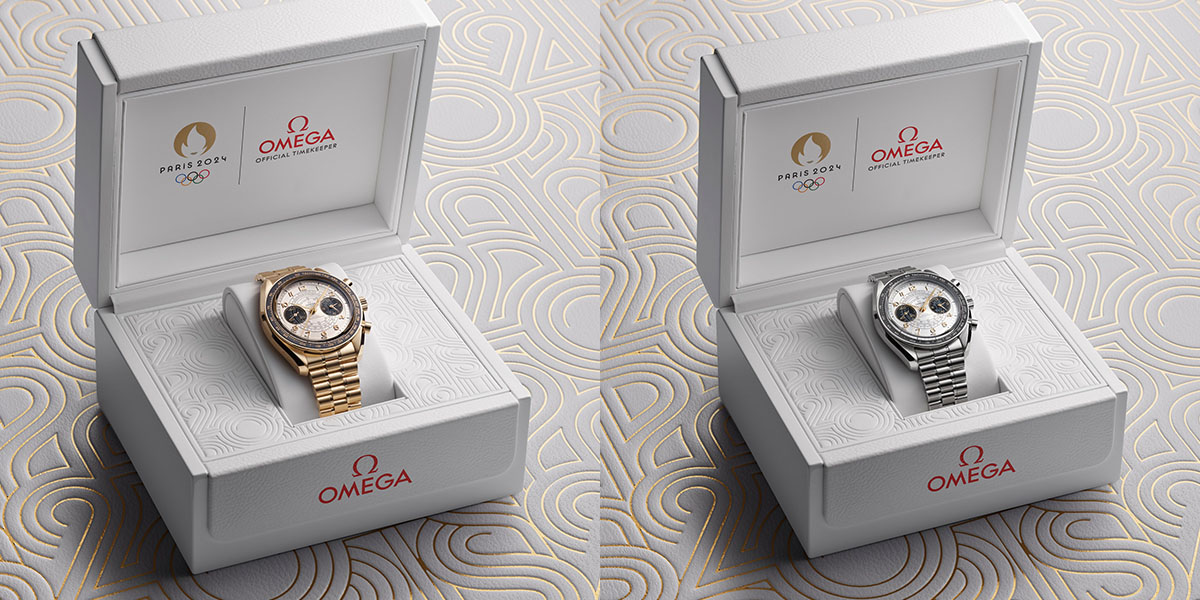
The Art Of The Watch Bracelet
Many of us do it daily: they put their watch around their wrist, close its bracelet and go about with their day. While watches are often considered objects of art, not many put a lot of thought into the bracelets that come with them. The stress and demands that are put on bracelets are significant; not only does their design need to fit in with that of the watch, but they also need to be comfortable to wear, strong and easy to open, but only when you want to.

A bracelet that can do all that has a chance to become an icon of its own, like the Oyster, Jubilee and President-bracelets of Rolex, or the characteristic ‘James Bond’ bracelet of the Omega Seamaster. In all these cases (no pun intended) the bracelet adds to the character of the overall watch. It fits in, but at the same time it also stands out just enough to not only get noticed but also make a significant contribution to the overall appearance of the watch.

This design also has a technical aspect, as it needs to be made. This can have many challenges of its own. First of all, a good bracelet is very flexible so that it can follow the shape of the wrist, any wrist, very closely. While this will increase wearing comfort, it also needs to be strong enough to secure the watch on the wrist. Bracelets need to be able to endure sometimes surprisingly large forces, under a wide variety of angles, for decades.

The material of which the bracelet is made also plays an important part. Steel, gold, titanium and ceramic, to name a few, cannot all be crafted into a bracelet in the same way. Each of the materials has their own characteristics, which needs to be accounted for in the manufacturing process. Many bracelet designs are made up of links, which can be manufactured by machines, often followed by manual or machine assembly and polish, based on how high-end the end product is. Some gold bracelets are however made from scratch by hand, from nothing but a gold wire with the help of some tools.

When a watch is turned in for service, and it is fitted with a bracelet, this will also get a thorough check-up. The watchmakers will clean it, check it for damage and slack, and often polish it again. The strength of the material plays an important role in this, as gold bracelets wear down quicker, as the material is softer than, for example, stainless steel. While ceramic is very hard, they often have tubes inserted in the bracelet links to connect them with each other, which are prone to wear and tear as well.

All this combined makes the creation of a good bracelet, well designed and well executed, not to forget comfortable to wear, quite a feat. So next time you check out a watch with a bracelet, pay some extra attention to it and admire the craftsmanship that also went into that part of the timepiece.
 SIGN UP
SIGN UP










